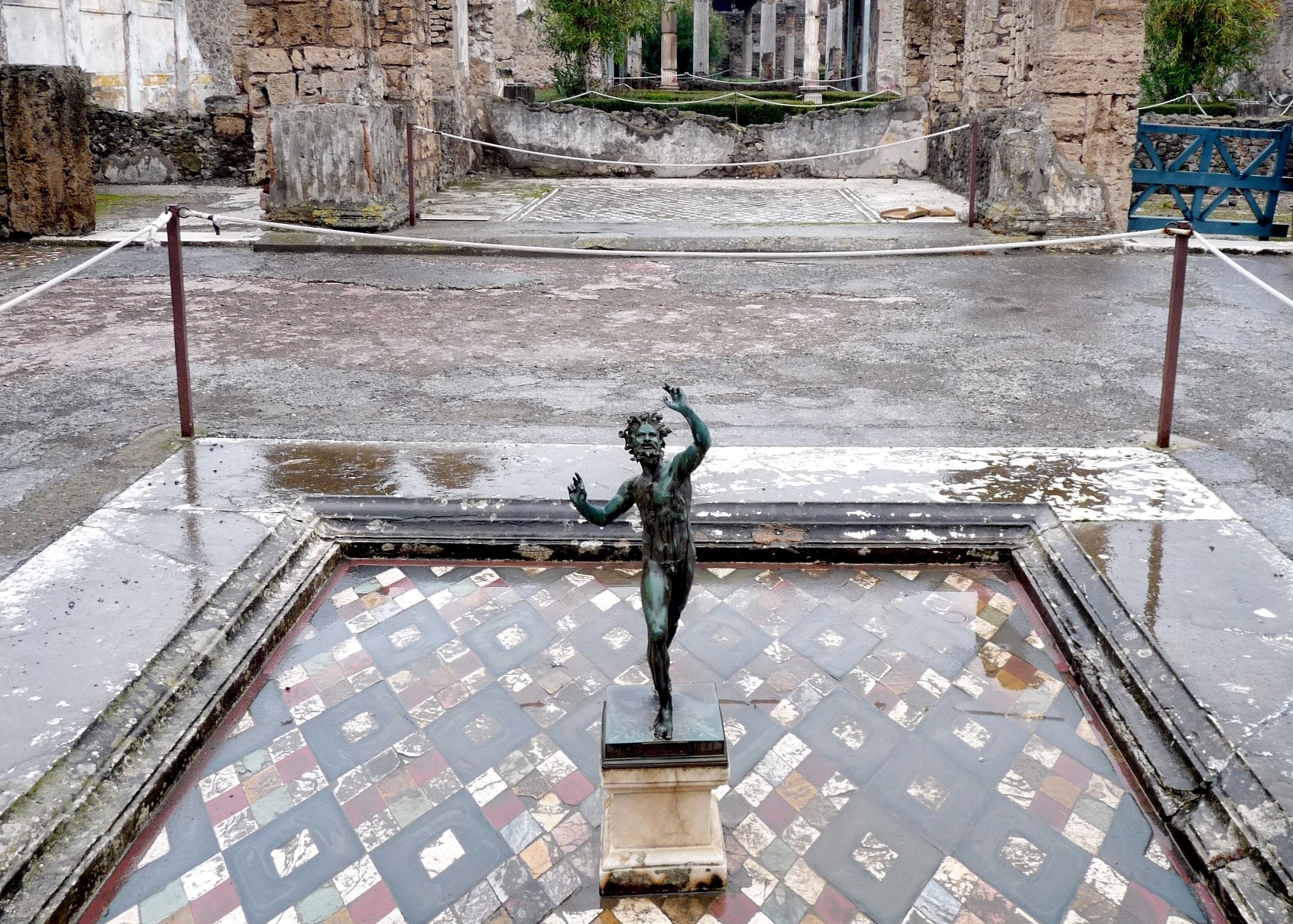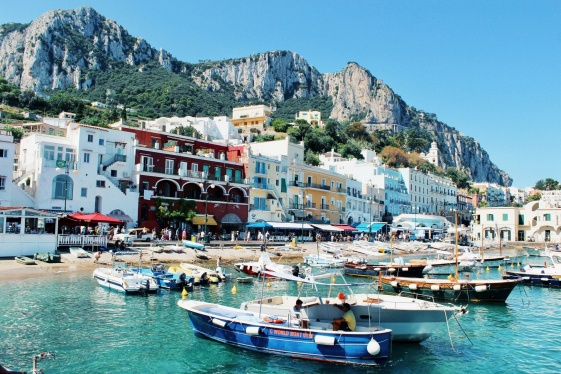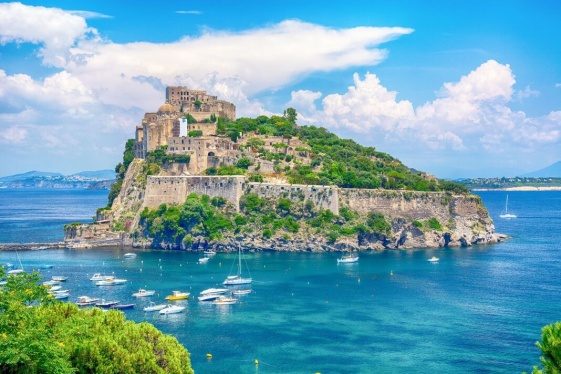

The marble-clad surfaces of the numerous bars or shops (so-called thermopolium) of Pompeii and Herculaneum are a vast and hitherto untapped source of information about marble use beyond the confines of public building and elite houses. Since the 1800’s four field seasons of survey work have documented 49 bars at Pompeii and eight at Herculaneum, a few dozen public and private bath houses with over 20,000,000 pieces of stone, mainly marble.
The types of stones and marbles that were used on these bars were a combination of local marbles that looked like the elegant Carrara and Oro Nerro marbles used in Rome in order to project a bit of status symbol so the Roman elites that were vacationing in Pompei would feel as if they were back home.
SOURCE: https://ancientsurfaces.org/
You may be interested
-
'A Ziarella va in America: tournèe in Arizona...
‘A Ziarella va in America. Non è un titolo da film, ma una piacevole realtà. Il...
-
'I'm an Italian travel expert - this spot by...
Italy is renowned for its natural beauty but it's also well-known for its heaving tourist...
-
'Iitalian american songbook', il progetto del...
"ITALIAN AMERICAN SONGBOOK", questo il titolo del progetto che ultimamente il pianista d'o...
-
'Lost Child' Wraps Up Ferrante's Neapolitan S...
by Maureen Corrigan If you don't know Elena Ferrante — and judging by conversat...
-
'Lush' Italian island that's cheaper than Cap...
With Valentine's Day on the horizon now is the perfect time to get cracking on booking you...
-
'My dad went to Amalfi...and all I got was a...
by Hunter Davis 'You went to one of the best hotels in the world, in one of the s...
-
'Napoli Napoli' exhibit lets visitors dip int...
The harmony and the refined nature of the ceramics of the Capodimonte Museum alongside San...
-
'Nativity-like scene statues' are unearthed i...
Archaeologists have unearthed 'Nativity-like scene statues' in the ancient ruins of the Ro...










